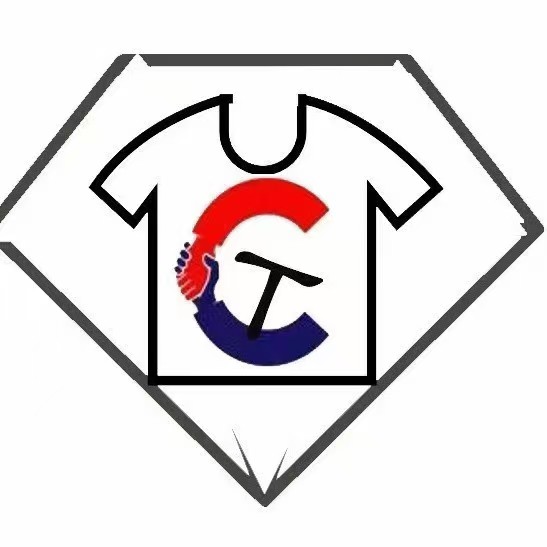When we think of the clothes we wear, we often focus on the latest trends, the brands we love, or the style that suits us best. But behind every piece of clothing is a story that often goes untold – the story of the workers who make them.
In Vietnam, the garment industry is a crucial part of the economy, employing over 2.5 million people and accounting for a significant portion of the country’s exports. However, the human cost of this industry is often overlooked, with workers facing long hours, low wages, and poor working conditions.
“Behind the Seams” is a project that aims to shed light on the human stories of workers in Vietnam’s garment factories. Through interviews, photographs, and videos, the project highlights the struggles and triumphs of these workers, giving them a platform to share their experiences and voices.
One such story is that of Linh, a 25-year-old garment worker who has been sewing clothes for a major international brand for the past five years. Despite working long hours and earning a minimal wage, Linh takes pride in her work and the skills she has developed over the years.
“I may not have a fancy job or a high salary, but I am grateful for the opportunities that working in the garment industry has given me,” says Linh. “I have learned so much and met so many wonderful people along the way.”
However, not all stories are as positive as Linh’s. Many workers in Vietnam’s garment factories face exploitation, discrimination, and unsafe working conditions. Women, in particular, are often marginalized and vulnerable to abuse.
Through projects like “Behind the Seams,” activists and organizations are working to raise awareness about these issues and push for better labor rights and conditions for garment workers. By sharing the stories of these workers, they hope to humanize the industry and inspire change.
As consumers, we also have a role to play in supporting ethical and sustainable fashion. By choosing to buy from brands that prioritize fair labor practices and transparency in their supply chains, we can help create a more just and equitable industry for all workers.
Next time you slip on a new shirt or pair of jeans, take a moment to think about the hands that made them. Behind every seam is a human story waiting to be heard. Let’s listen, learn, and advocate for a brighter future for the workers who bring our clothes to life.
